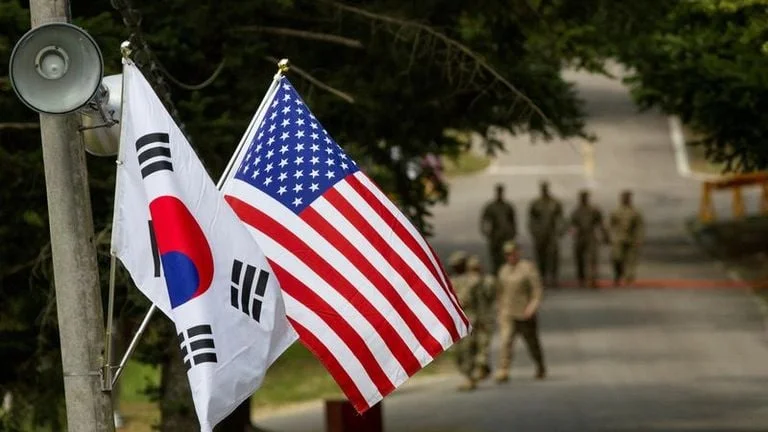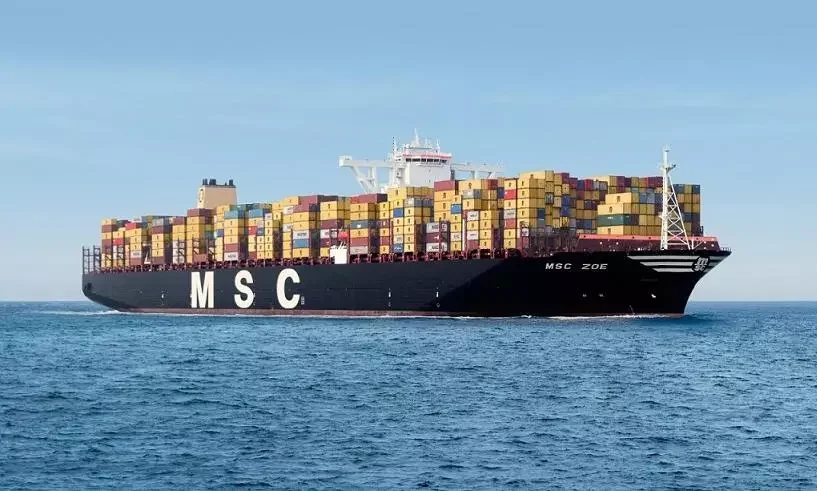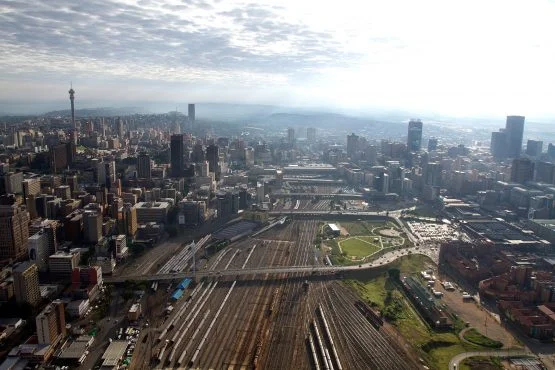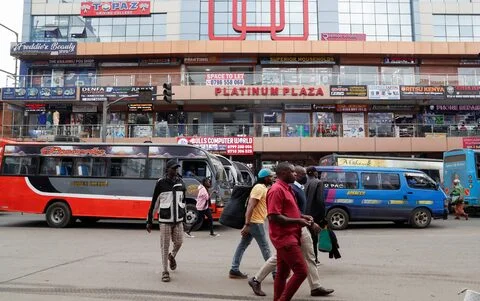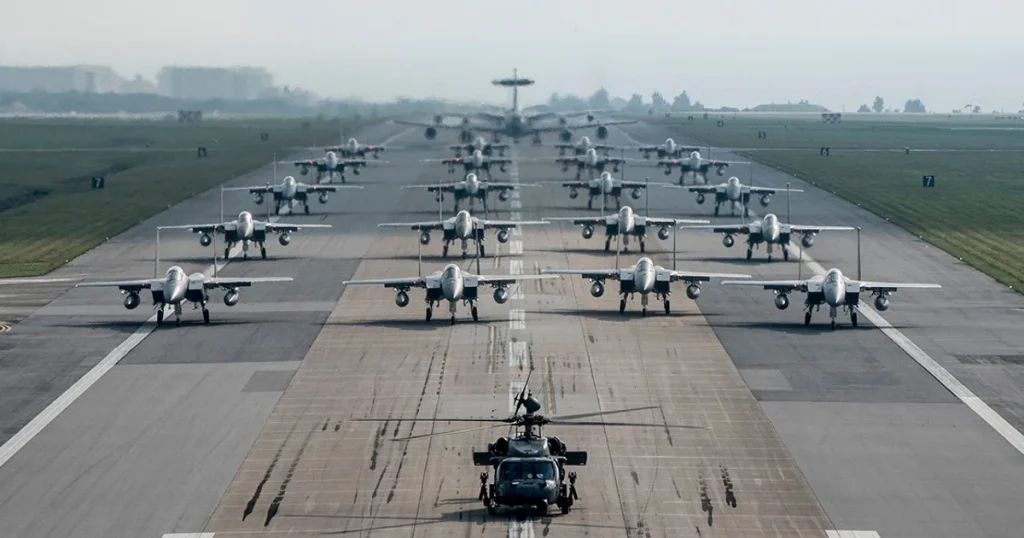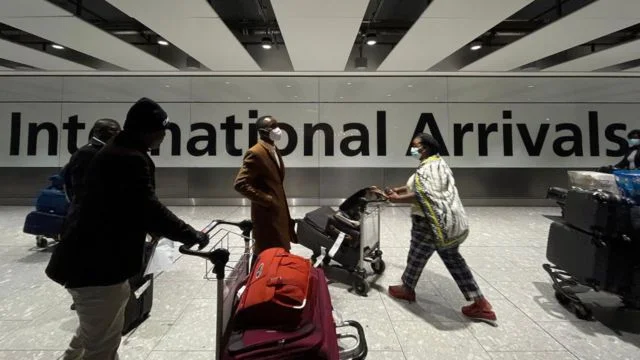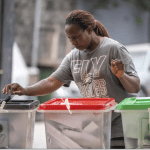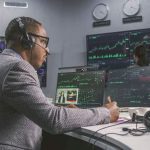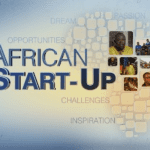South Korea and the United States will hold their inaugural working group meeting on visa policies on September 30, 2025.
The discussions aim to streamline visa processes for South Korean companies operating in the U.S., addressing challenges faced by their skilled workers.
Triggering Event
The talks follow a major raid earlier in September 2025 at a Hyundai Motor and LG Energy Solution battery plant in Georgia, where hundreds of South Korean workers were detained.
The incident exposed visa-related hurdles, prompting Seoul to seek solutions to protect its growing U.S. investments.
Push for New Visa
South Korea’s foreign ministry is advocating for a new visa category tailored for Korean professionals. Unlike the U.S. H-1B visa, which requires employer sponsorship and faces a $100,000 annual fee, the proposed visa would offer flexibility.
“We aim to clarify existing systems and design a new option,” said Prime Minister Kim Min-seok.
Investment Context
South Korean firms are major U.S. investors, building factories needing specialized skills. Seoul committed $350 billion to U.S. projects, but visa issues and stalled tariff talks complicate progress.
Resolving visa challenges could boost confidence for Korean businesses, though not directly tied to tariff negotiations.
Global Visa Trends
South Korea has relaxed its own visa rules, offering waivers to Europeans, Japanese, and others to attract investment.
Meanwhile, the U.S. H-1B program’s strict lottery and costs push talent toward alternatives like China’s new K visa, which allows jobless entry for STEM graduates.
K Visa Hurdles
China’s K visa, launched in 2025, lacks clear residency or incentive details. Mandarin dominance in its tech sector and geopolitical tensions, especially with India, may limit its appeal.
China prioritizes repatriating its diaspora with hefty bonuses, unlike South Korea’s focus on global talent.
Why It Matters
Clear visa rules would strengthen South Korea’s U.S. ventures, supporting economic ties. The talks could set a model for other nations facing similar skilled labor challenges.
Looking Ahead
The September 30 meeting may lead to a new visa quota, easing barriers for Korean workers. A successful outcome could drive investment and deepen South Korea-U.S. collaboration in 2025.

